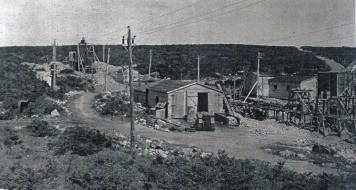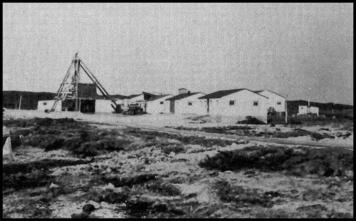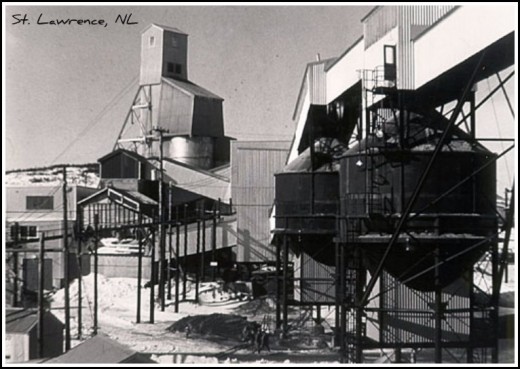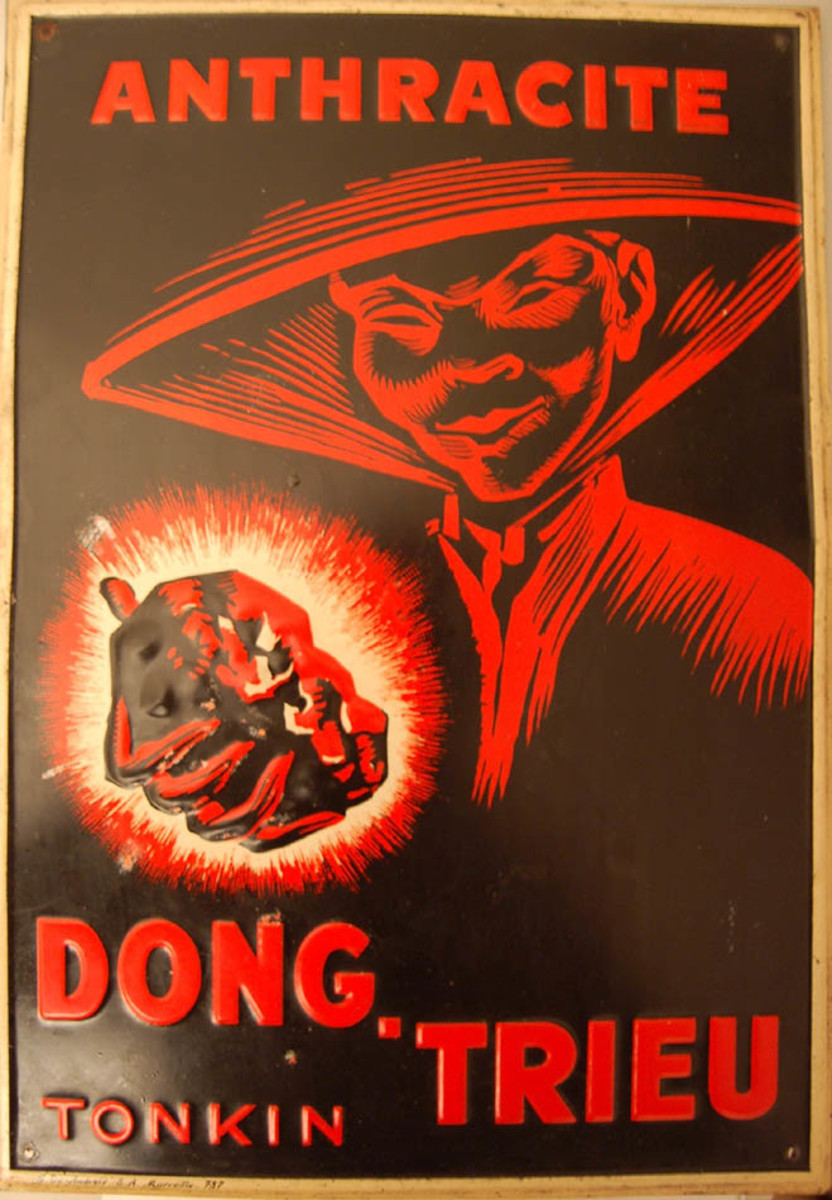Living And Dying Hard: Working In Newfoundland’s Fluorspar Mines



Health Concerns Grow
The fluorspar mines were declared to be the largest in North America. Soon not one, but two companies were operating in the region. One of these was the American Newfoundland Fluorspar Company (1937). They sold out to Aluminum Company of Canada (ALCAN). They, in turn, operated under the name the Newfoundland Fluorspar Company (Newfluor). While work was steadily available, health concerns were beginning to emerge.
In the summer of 1939, the employees of the Corporation were coming down with severe stomach ailments. While not all of the currently 100 workers were affected, the majority were. The miners reacted. They formed the St. Lawrence Miners and Labourers Protective Union (SLMLPU). The leader, interestingly enough, was not a miner, but a local merchant - Patrick Aylward. He prepared a slate of demands to be presented to the company in December 1939. They included concerns on the water.
The illness had arisen, as the Department of Public Health and Welfare stated, from the water. It was highly polluted. The SLMLPU wanted the company to improve their drinking water. The union also requested further changes to make better other working conditions that endangered the lives of the miners. The company’s response was to essentially ignore any health concerns and, instead, play Father Christmas by giving them all employees a wage increase of 10 percent.
In January 1940, the indication that the cause of illness in St. Lawrence was the result of the mine came up in health reports made by the Department of Public Health and Welfare. Specifically, they mentioned silicosis. It was certainly true for nearby copper mines in Buchan. It was hypothesized the same was happening in St. Lawrence. These reports were ignored by the company as the mining began to boom during the years of World War II.
However, the War also gave workers the confidence to express their concerns by going out on strike. War and booming mines meant little fear of being fired and left to die in poverty. They expressed their concerns vocally and openly in 1940 by going out on strike. In a later inquiry, Aylward told the magistrate in charge that the reasons for the strike were:
-
lack of clean drinking water
-
lack of any type of sanitation facilities
-
inadequate mine ventilation which had resulted in several cases of suffocation
-
hoisting equipment that was substandard and, therefore extremely dangerous
-
overwork to such an extent, it reduced men to shells
Evidence was also produced as to the company’s attitudes towards the workers. When a man was negatively affected by the company’s practices, it simply replaced him and continued on in the same fashion.
A manager, Donald Poynter, defending the company, never denied the poor sanitary conditions. He did, however, try to shift blame to the workers’ by stating the same type of conditions were typical of their homes. He said:
“Sanitary arrangements, drinking water arrangements, and conditions under which men work are in my opinion equal to, if not better than they have in their own homes. When the time comes when St. Lawrence will take an interest in its own sanitation and drinking water and show evidence of this interest in their own homes, this Company will gladly give them the equal in their working conditions.”
Fortunately, the company could not ignore the union as easily. A 1910 act in British ruled Newfoundland allowed it to exist even if it did not guarantee the company had to recognize or treat with it. The leadership was ousted - Aloysius Turpin, a rank-and- file worker took over, the name changed and registered as the St. Lawrence Workers Protective Union (SLWPU) on March 15, 1941. Two days later, the miners at both the St. Lawrence Corporation and Newfluor went out.
The dispute, purportedly about whether the workers could have St. Patrick’s Day off, only lasted two days. It was, however, only a mask for more serious issues affecting the health and safety of the workers. The disputes between company and the union continued to seethe, slashing through the surface throughout 1941 until the Commission of Government was forced to intervene.
This was not the end of the problems facing both the Union and the workers. The ongoing negligence of the company continued to produce a deadly harvest of industrial disease.
Sources:
Elliott Leyton. Dying Hard. Industrial Carnage in St. Lawrence Newfoundland. Boulder Publications, Newfoundland, 1975, 1978.
Richard Rennie, “The Historical Origins of an Industrial Disaster: Occupational Health and Labour Relations at the Fluorspar Mines, St. Lawrence, Newfoundland, 1933-1945,” Labour/Le Travail, 55 (Spring 2005), 107-42.
St. Lawrence Heritage http://www.heritage.nf.ca/society/stlawrence.html
St. Lawrence Fluorspar Mine Closer To ReopeningCbc News online June 16, 2011. http://www.cbc.ca/news/canada/newfoundland-labrador/st-lawrence-fluorspar-mine-closer-to-re-opening-1.1120349
http://www.virtualmuseum.ca/sgc-cms/histoires_de_chez_nous-community_memories/pm_v2.php?id=exhibit_home&fl=0&lg=English&ex=767





